![]()
![]()
![]()
Use LEFT and RIGHT arrow keys to navigate between flashcards;
Use UP and DOWN arrow keys to flip the card;
H to show hint;
A reads text to speech;
45 Cards in this Set
- Front
- Back
|
normal anatomical characteristics for HFN
|
symmetry in HFN, fused sutures in skull (adults/teens), no lumps or droopiness in the face, free movement of the neck
|
|
|
fx of skull
|
protects the brain
|
|
|
fx of face
|
contains a myriad of nerves and sensory organs that connect the brain to the outside world
|
|
|
fx of neck
|
provides muscles to move the head, contains trachea, larynx and thyroid
|
|
|
fx of thyroid
|
regulates metabolism of all body systems
|
|
|
common sx of head
|
headaches, dizziness, head injuries, neurological problems
|
|
|
common sx of face
|
paralysis, abnormal growth of head, abnormal distance between eyes, any changes to face
|
|
|
common sx of neck
|
lumps, swollen glands, goiter, stiffness, pain
|
|
|
steps for HFN exam
|
1) inspect/palpate hair and scalp
2) inspect face for abnormalities 3) palpate temporomandibular joint, parotid glands and temporal arteries bilaterally 4) inspect neck using tangential lighting 5) flex, extend, rotate and bend neck (feel for crepitis) 6) palpate trachea (look for deviation also- ask pt to swallow) 7) palpate muscles (SCM, paravertebral, traps) 8) palpate nodes - 9 different sets 9) check strength of muscles 10) inspect thyroid from behind while deviating trachea |
|
|
acromegaly
|
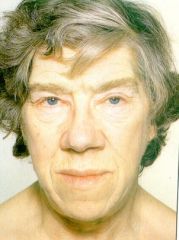
syndrome where anterior pituitary excretes too much growth hormone, defined by expansion of the skull at the fontanelle, jaw protrusion with hyperglossia, brow protrusion
|
|
|
anterior triangle
|
region of the neck, essentially from the tonsillary node to the submental node down to the medial part of clavicle
|
|
|
bell's palsy
|
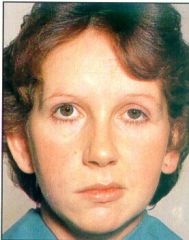
form of facial paralysis caused by a dysfunction of cranial nerve VII (facial nerve)
|
|
|
bruit
|
sound of vascular origin
|
|
|
carotid artery
|
artery that supplies the head and neck with oxygenated blood
|
|
|
crepitation
|
the grating, crackling and popping sounds and sensations experienced under the skin and joints
|
|
|
anterior triangle
|
region of the neck, essentially from the tonsillary node to the submental node down to the medial part of clavicle
|
|
|
bell's palsy
|
form of facial paralysis caused by a dysfunction of cranial nerve VII (facial nerve)
|
|
|
bruit
|
sound of vascular origin
|
|
|
carotid artery
|
artery that supplies the head and neck with oxygenated blood
|
|
|
crepitation
|
the grating, crackling and popping sounds and sensations experienced under the skin and joints
|
|
|
cricoid cartilage
|
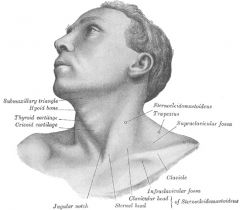
ring of cartilage around the trachea
|
|
|
cushing's syndrome
|
hormone disorder caused by high levels of cortisol in the blood, defined by weight gain particularly in the trunk and face
|
|
|
facies
|
faces
|
|
|
goiter
|

associated with hyperthyroidism, sign is anterior neck mass
|
|
|
horner's syndrome
|
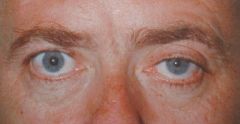
problem with sympathetic nervous system, signs include drooping eye lid, constriction of the pupil and redness of conjunctiva
|
|
|
hyperthyroidism
|
overproduction of thyroid hormones, signs include exophthalamos, weight loss, hair loss, intolerance to heat
|
|
|
macrocephaly
|
abnormally large head
|
|
|
microcephaly
|
abnormally small head
|
|
|
moon facies
|

face swells and is a moon shape, symptom of Cushing’s syndrome
|
|
|
myxedema
|
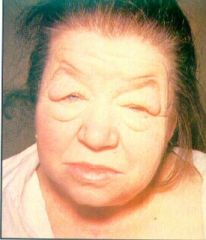
condition marked by thickening and swelling of the skin caused by insufficient production of thyroid hormones by the thyroid gland
|
|
|
parkinson's disease
|
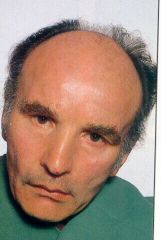
neurodegenerative disease
|
|
|
posterior triangle
|
region of the neck, posterior to SCM and anterior to trapezius
|
|
|
sternocleidomastoid
|
neck muscle, flexes and rotates the neck
|
|
|
thyroid cartilage
|
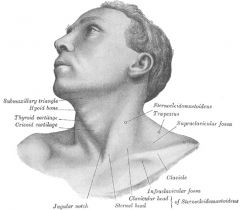
cartilage structure around the trachea, protects the larynx
|
|
|
tic
|
repetitive nonrhythmic movement or vocalizations
|
|
|
torticollis
|
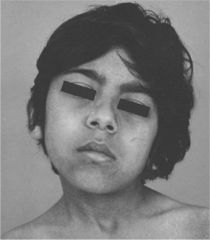
stiff neck associated with muscle spasm, classically causing lateral flexion contracture of the cervical spine musculature
|
|
|
zygomatic arch
|
cheek bone
|
|
|
reason for doing HFN exam
|
Monitor for abnormalities. Many internal malfunctions manifest in the head, face and neck, this is a quick and easy screening for other anomalies.
|
|
|
equipment needed for HFN exam
|
o Stethoscope
o Disposable gloves o Tongue depressors o Cotton swabs o Wood’s lamp o Water to help pt. swallow |
|
|
hydrocephalis
|
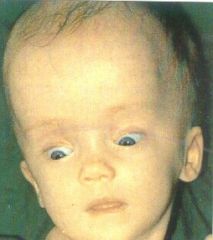
|
|
|
signs of stroke
|
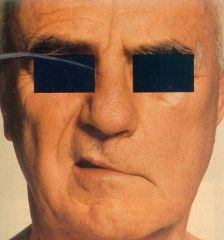
|
|
|
presentation of temporal arteritis
|
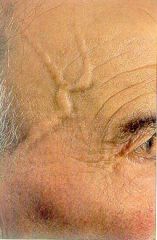
|
|
|
presentation of down's syndrome
|
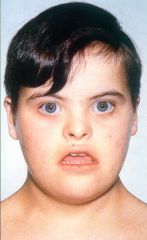
|
|
|
presentation of low set ears
|
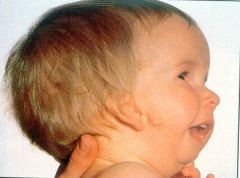
|
|
|
presentation of enlarged nodes
|
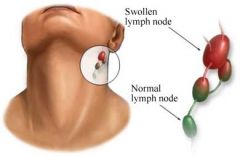
|

